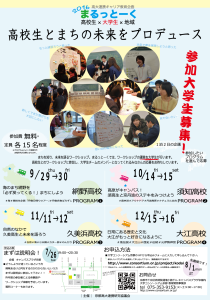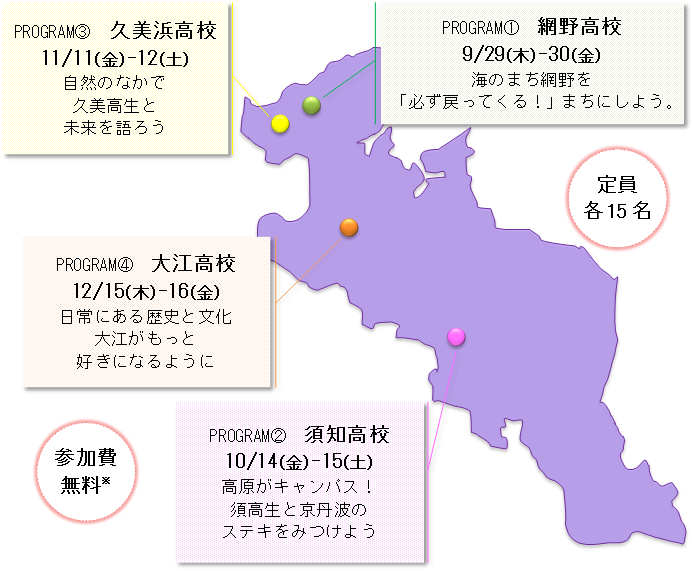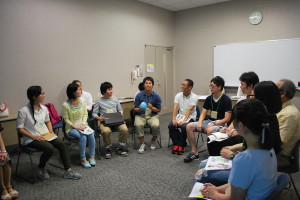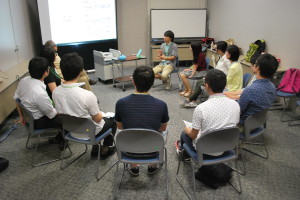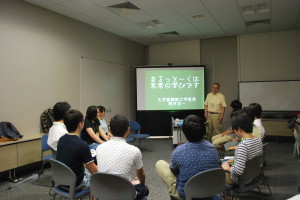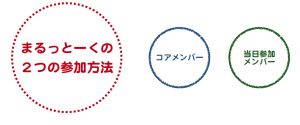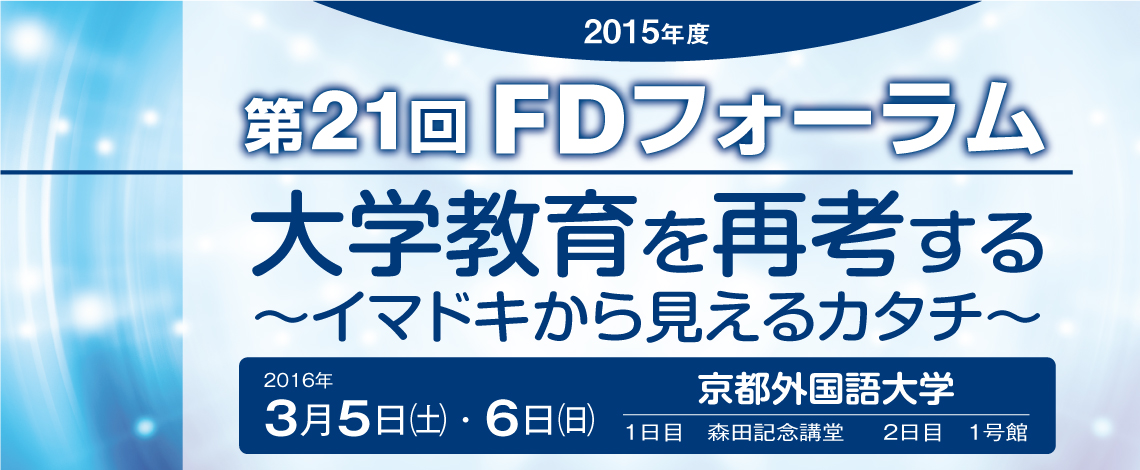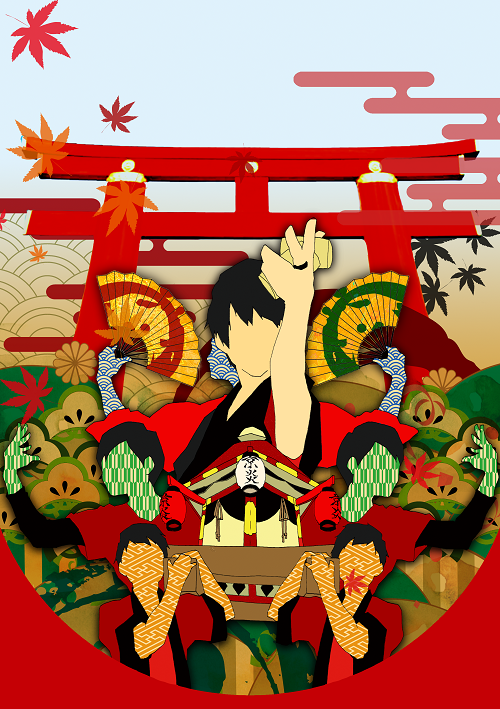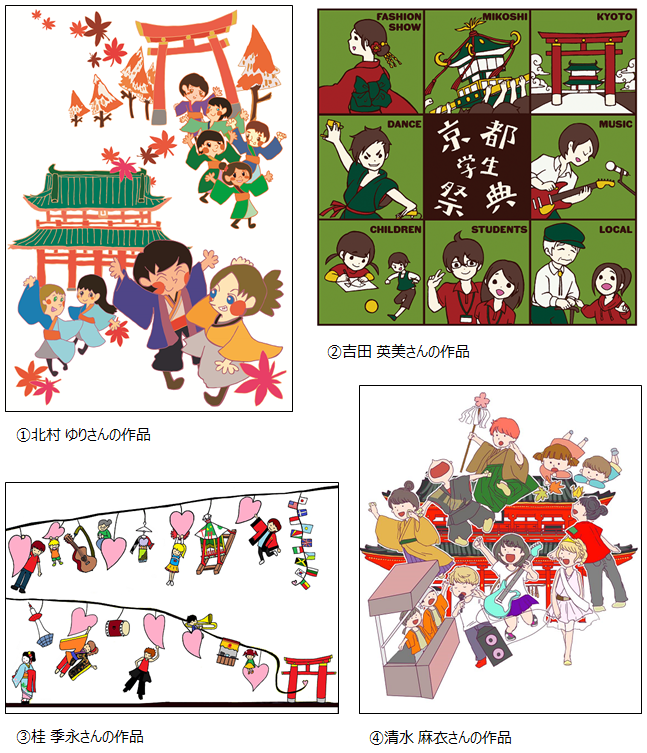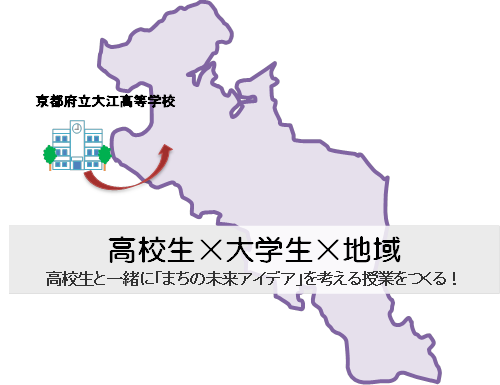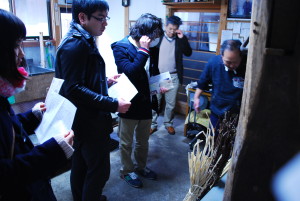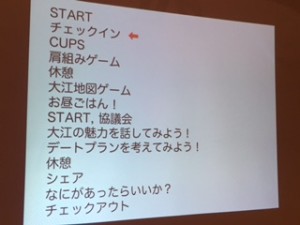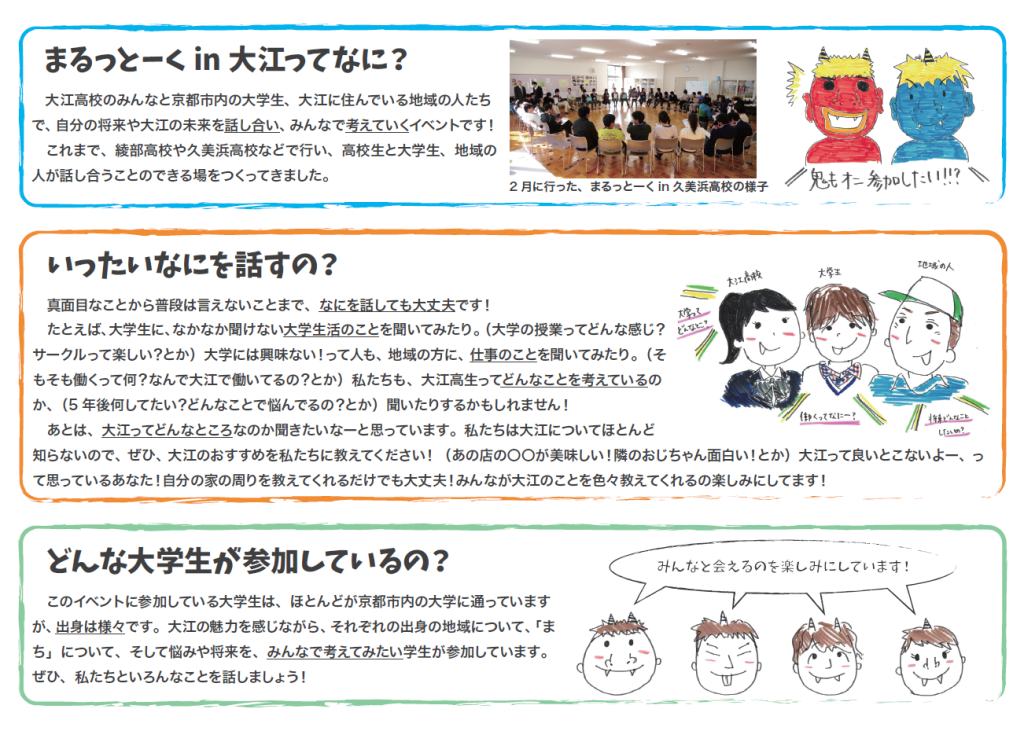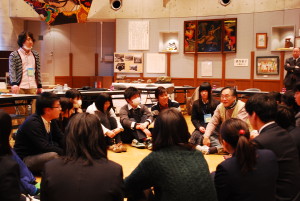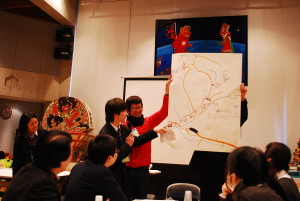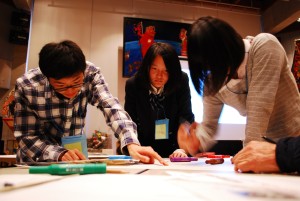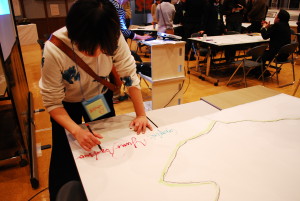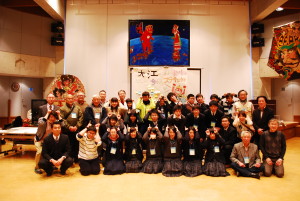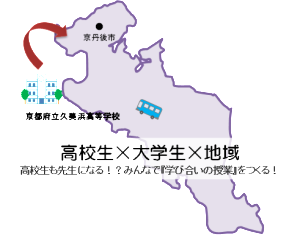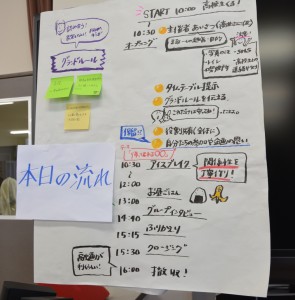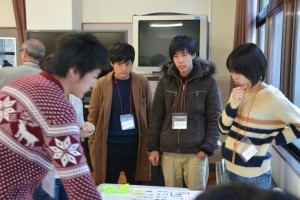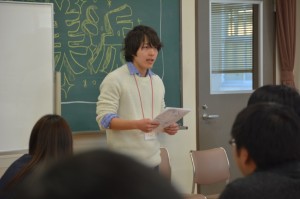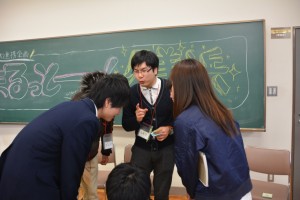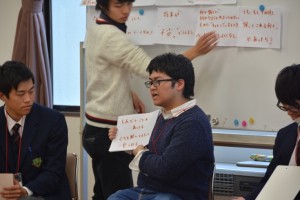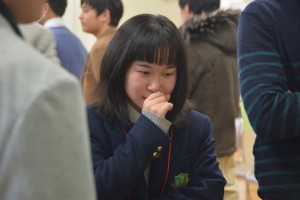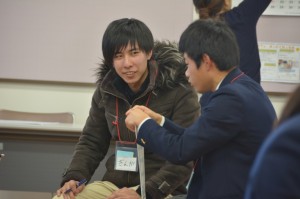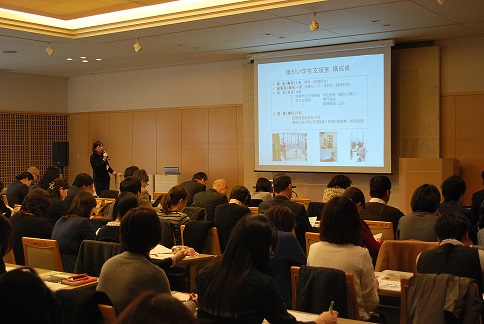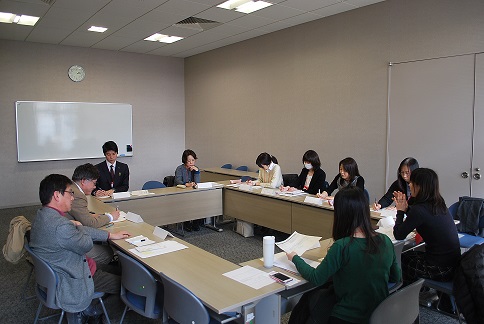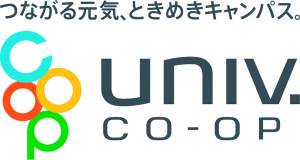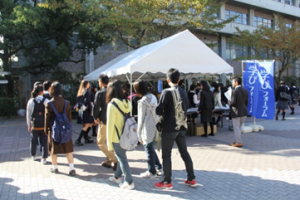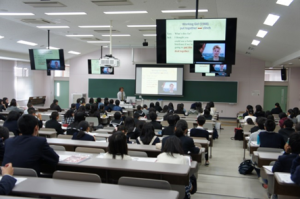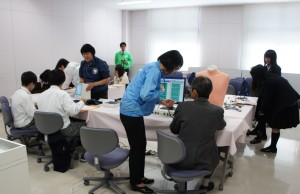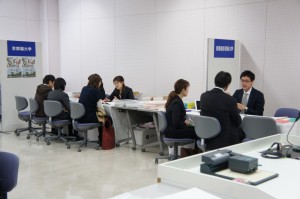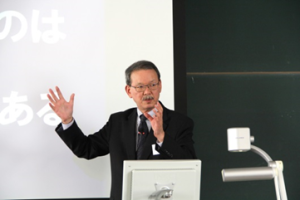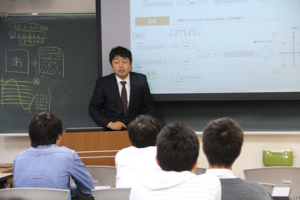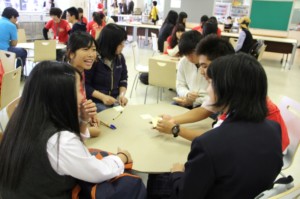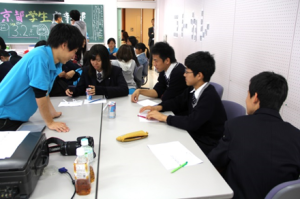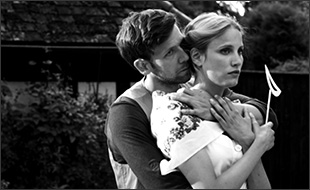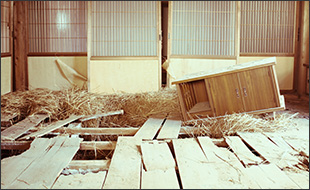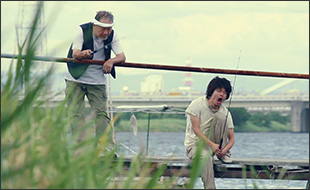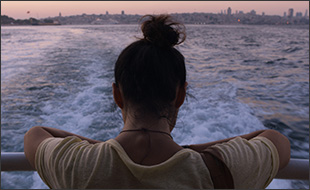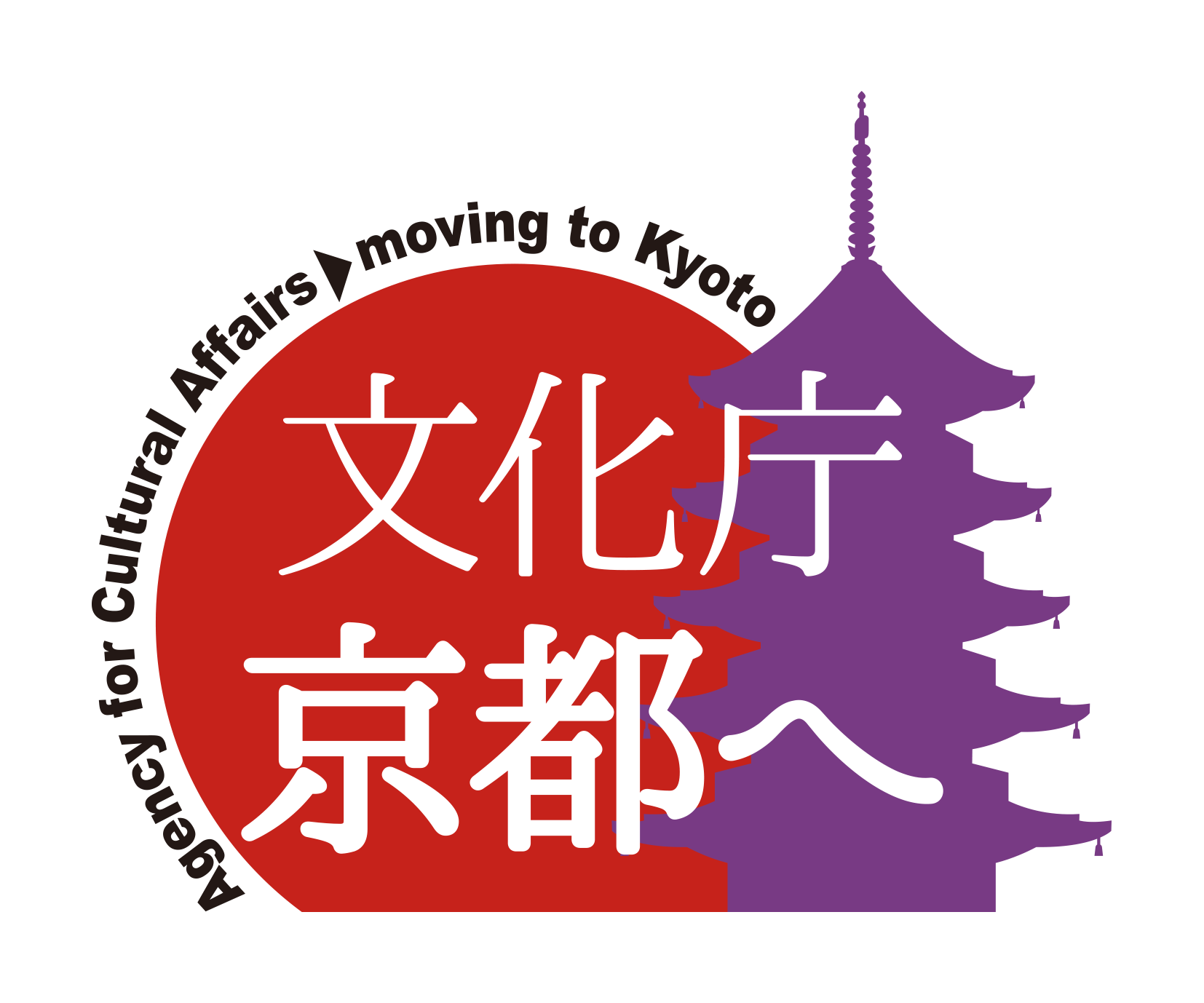The participants were 10 people, including university students who planned and ran the “Marutoku (Let’s make Amino, a city of the sea) a town that will definitely come back” held at Amino High School on Thursday, September 29 and Friday, September 30.
We looked back on the project in Amino and the preparations leading up to the day of the event, including images, and exchanged opinions on how to make the project even better after October.
Did you receive a message for high school students?
The message that the university team wanted to convey to the high school students through this project was “to convey flexible and broad-minded values.” Did you get this feeling across?The following is an excerpt from a post-survey of high school students.
◆ I wanted to know more about various things.
◆ I was only thinking about staying in my hometown, but I wanted to do what I could for my hometown.
◆After getting a job in Tango, I wanted to do activities to let Mr./Ms. know about Tango.
Until the message arrives…
The university student team had several meetings in advance in the process of creating the concept, content, and time schedule for this project. Even so, we repeated detailed meetings until the last minute, and in order to make it better, we emphasized the sharing of “information” and “feelings” among all members of the team.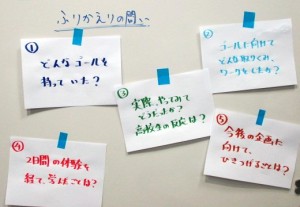 The results are presented from the remarks of university students at the retrospective meeting.
The results are presented from the remarks of university students at the retrospective meeting.◆ “A high school student who wants to be a pastry chef said, “It’s good to be a pastry chef in Amino.”
◆ In the game with peaks and valleys in life, the good response of the high school students showed that they made time to think about connections, not just simulations.
◆ (Although it was group work), it was very meaningful to make time to see the works of other groups.
◆ I was happy to see that the local members of society who participated were impressed by the perspectives of the high school students.
◆ I was impressed by my high school teacher, who said, “I’m more excited than usual.”
◆ High school students gave presentations that were both voluntary and exciting.
Next up, Maruttoku in Suchi
At the retrospective meeting, a team of university students who planned and managed the “Maruttoku in Suchi (Highland is a Campus!: Let’s Find the Wonders of Su High School Students and Kyotamba)” tried out an icebreaker game. In addition, we deepened our awareness of the importance of sharing “information” and “feelings,” which were important points of the Amino project.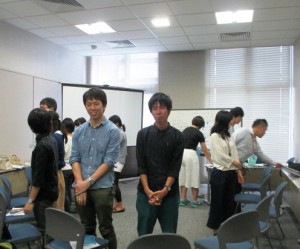
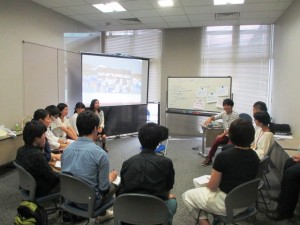
We are still looking for [members to participate on the day]! (A few)
The application for participation has closed on August 1st, but there are still a few vacancies for [Participants on the day]. Applications will be closed as soon as the capacity is filled, so hurry up!
Inquiries
University Consortium Kyoto, High School-University Collaborative Career Education Program
TEL 075-353-9153 FAX 075-353-9101
Mail:kodai@consortium.or.jp
〒600-8216 Shimogyo-ku, Kyoto-shi, Nishitoin-dori, Shiokoji, Shimo-ku, Kyoto, Campus Plaza Kyoto
* Reception hours: Tuesday ~ Saturday 9:00 ~ 17:00 (excluding year-end and New Year holidays)















